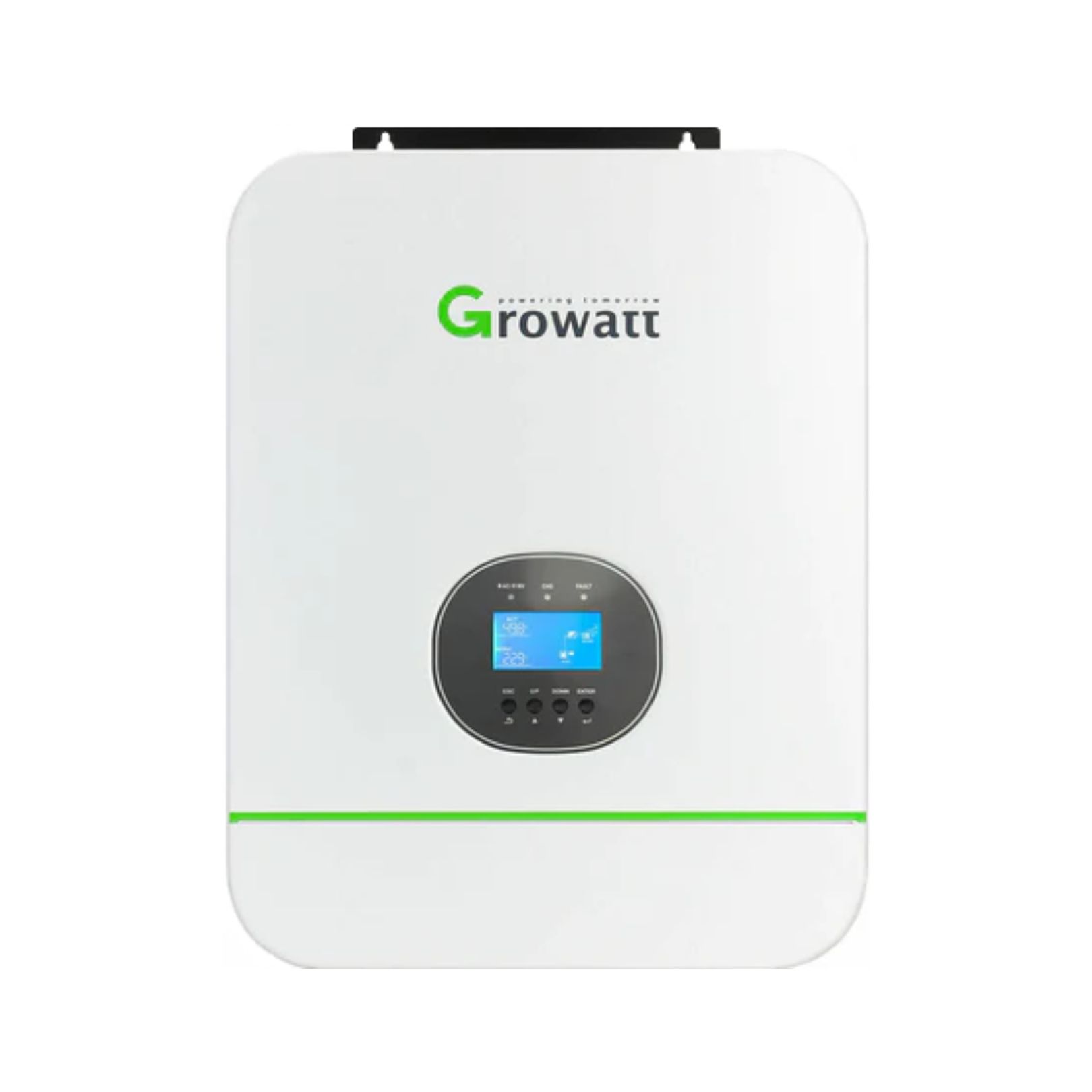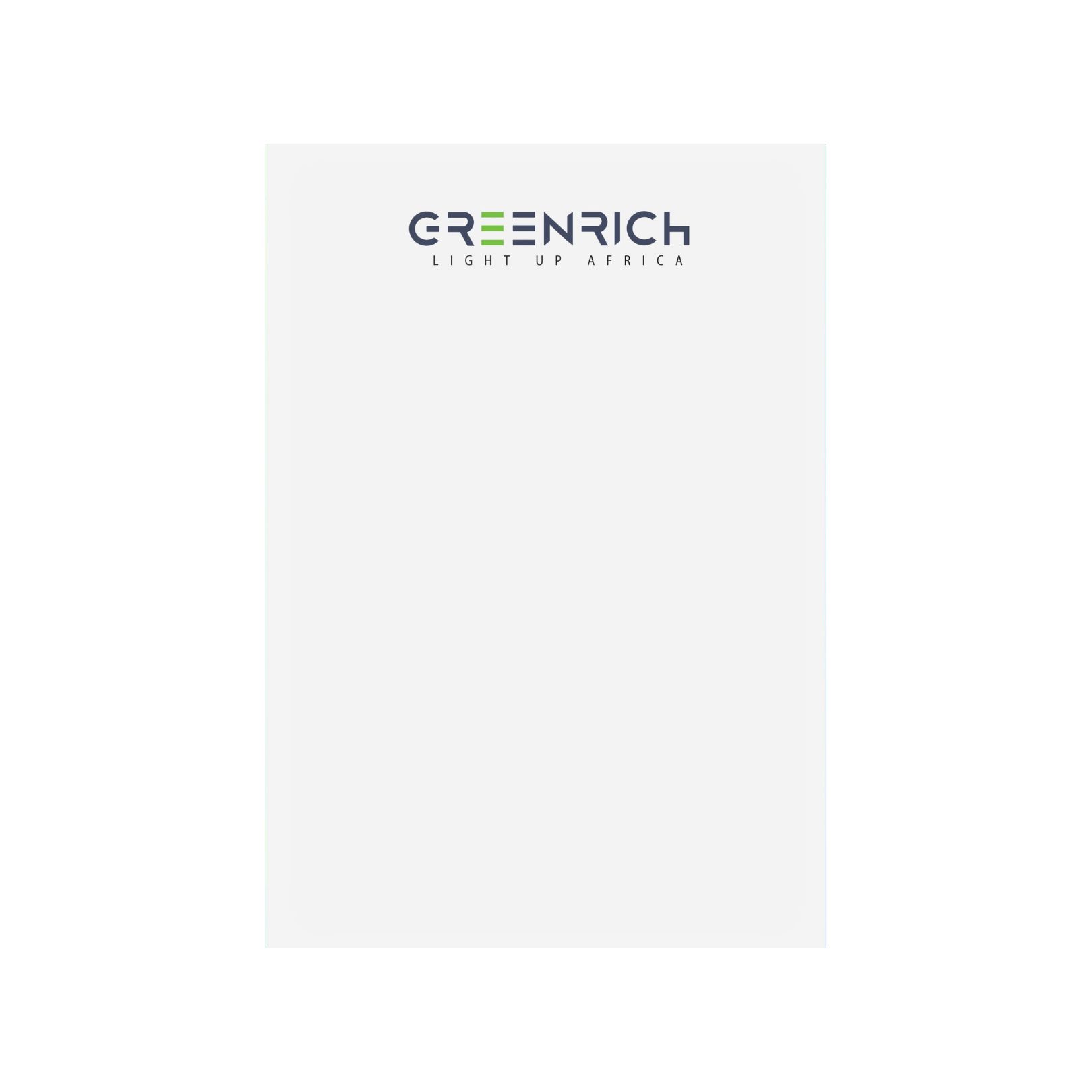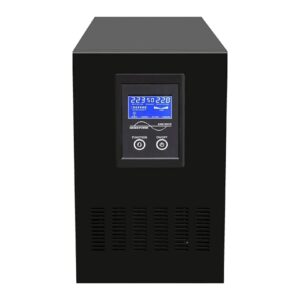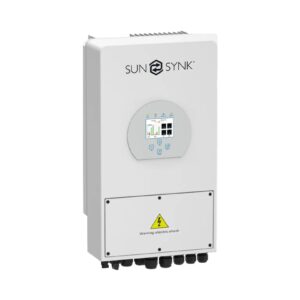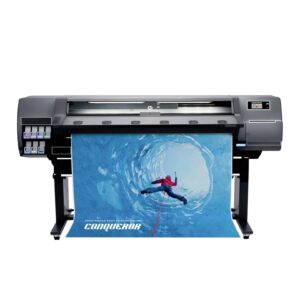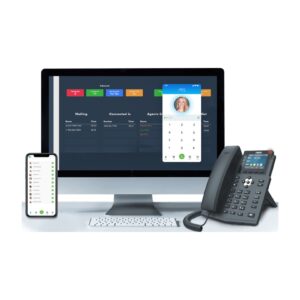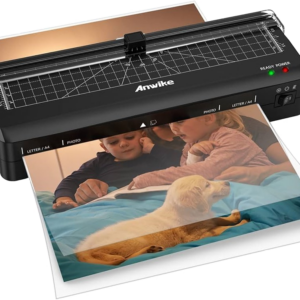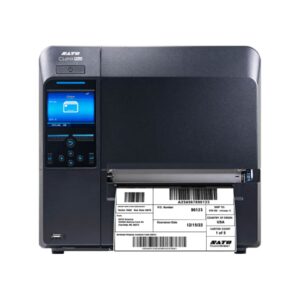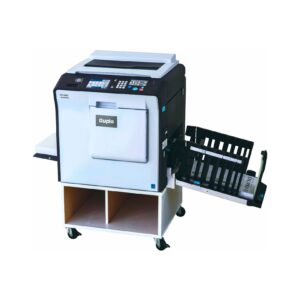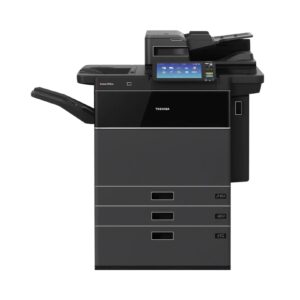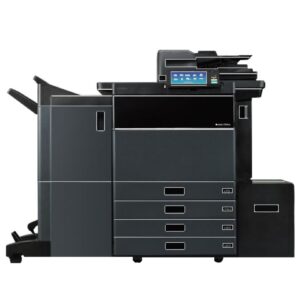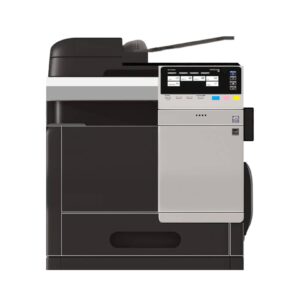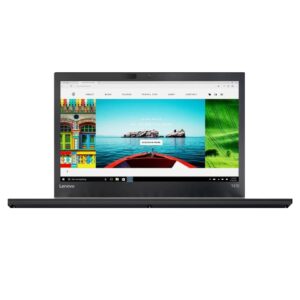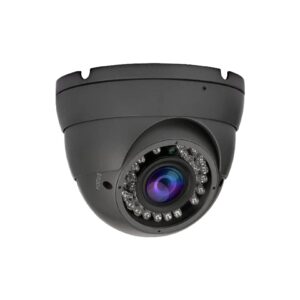Description
Since alkaline batteries are mostly disposable and use cheap materials, they cost significantly less than lithium batteries but they do have disadvantages. Lithium batteries are more costly but have a much longer lifespan than alkaline batteries. Alkaline is about 300 cycles,
but the Lithium battery can last 10000~4000 cycles. Lithium batteries maintain their full voltage when fully charged, while Alkaline batteries reduce their voltage maintain during their performance. In this way, it’smore cost-effective for lithium ions.
What is an Inverter?
An inverter converts the DC voltage to an AC voltage. It’s one of the most important pieces of equipment in a solar energy system. It’s a device that converts direct current (DC) electricity, which is what a solar panel generates, to alternating current (AC) electricity,
which the electrical grid uses. In DC, electricity is maintained at constant voltage in one direction. In AC, electricity flows in both directions in the circuit as the voltage changes from positive to negative. Inverters also regulate the flow of electrical power.
Fundamentally, an inverter accomplishes the DC-to-AC conversion by switching the direction of a DC input back and forth. As a result, a DC input becomes an AC output. In addition, filters and other electronics can be used to produce a voltage that varies as a clean,
repeating sine wave that can be injected into the power grid.
Inverter sizes range from 1KW – 500KW. Inverters are used for a variety of applications that range from small car adapters to household or office applications, and large grid systems connected up to battery or solar set up’s.

